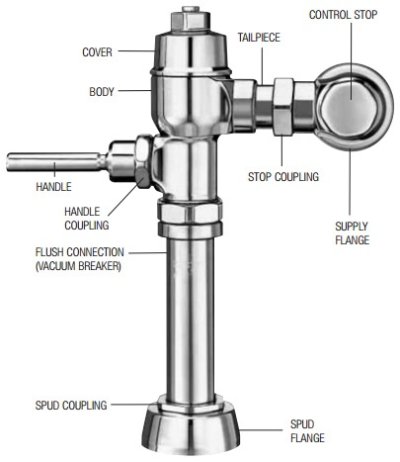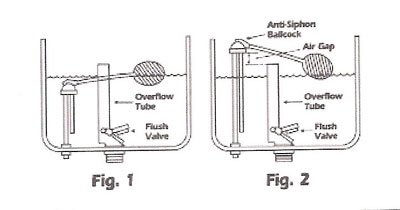kev_rm
Senior Member
I've read some of the prior threads on this topic... and am interested in doing this myself.
Coming from the RV world, every single toilet on the road is connected, in a lot of cases without even a backflow preventer, to the pressurized fresh water system... and of the 10 million or so RV owners in the US.. no one seems to be getting sick.
So, I must be missing something - please without pontification or doomsday advice... can someone point to cases of contamination actually happening and if so, root cause?
Coming from the RV world, every single toilet on the road is connected, in a lot of cases without even a backflow preventer, to the pressurized fresh water system... and of the 10 million or so RV owners in the US.. no one seems to be getting sick.
So, I must be missing something - please without pontification or doomsday advice... can someone point to cases of contamination actually happening and if so, root cause?


